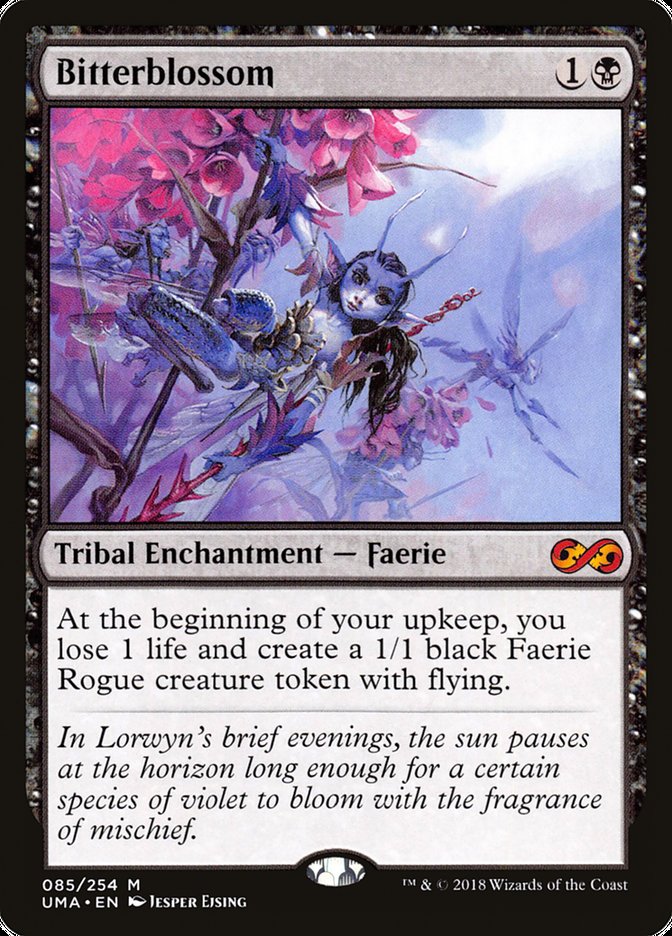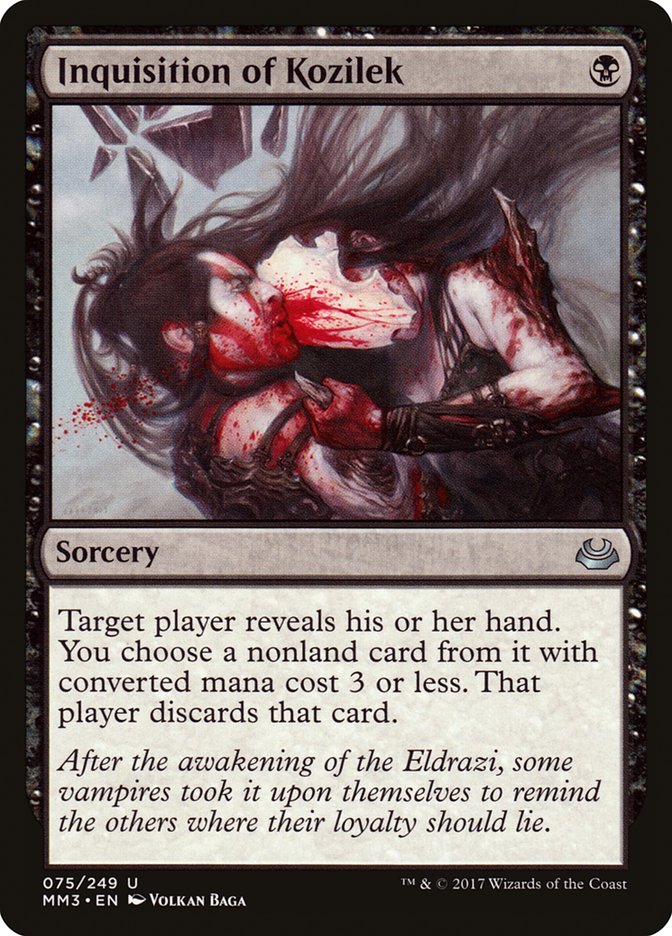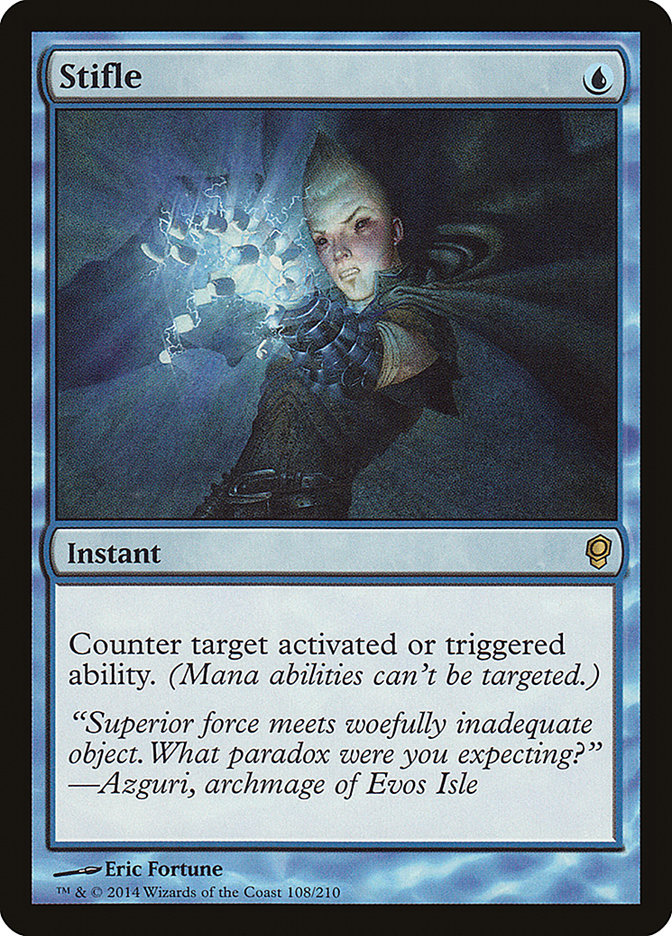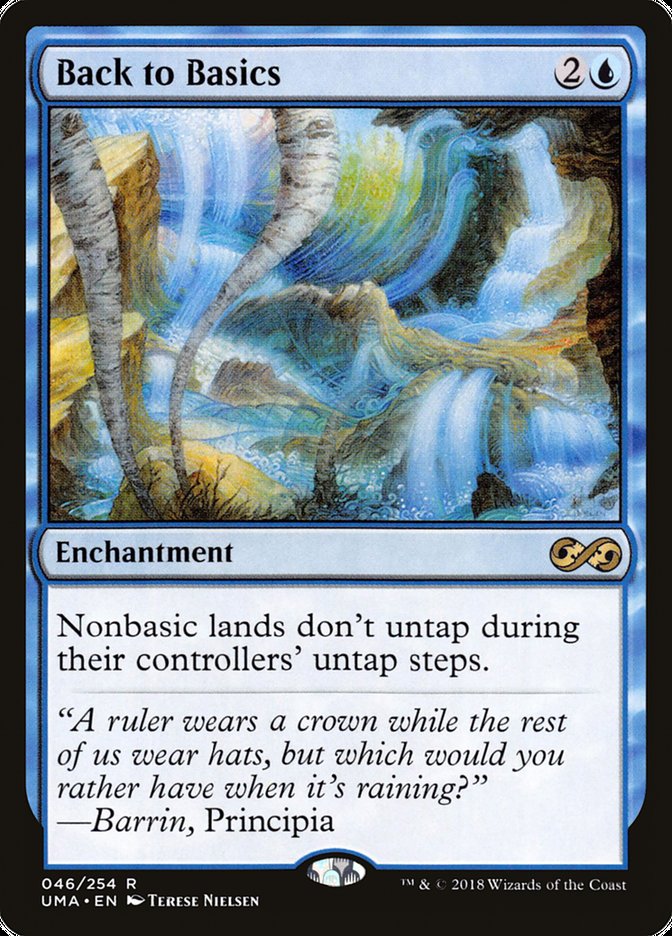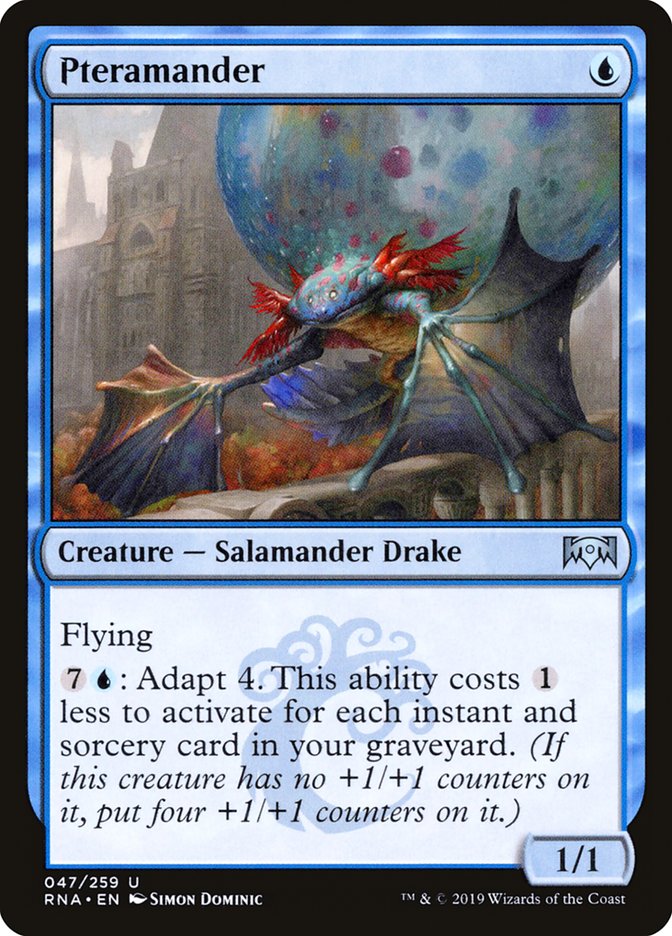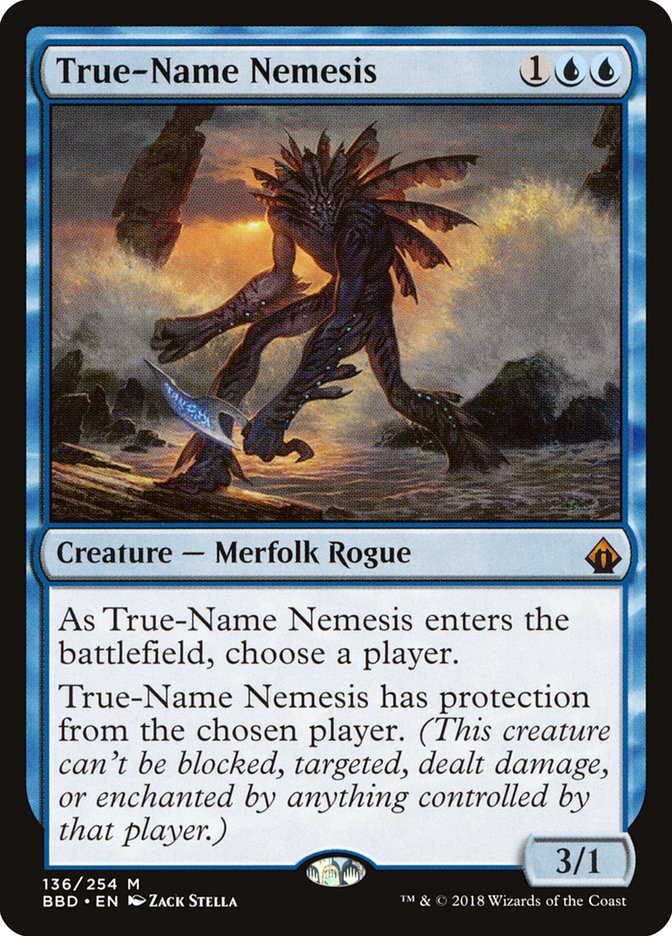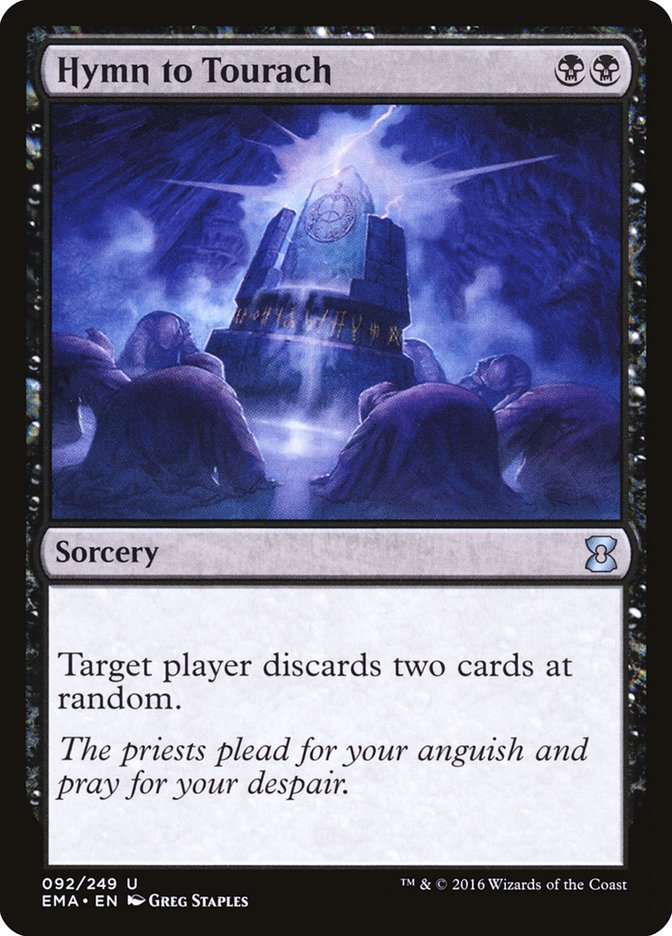Faithless Looting this. Arclight Phoenix that.
I hate to say it, but as fun as playing Modern is right now, lately it has left me feeling unsatisfied. That’s not to say that there’s anything wrong with 3/2s that fly attacking on Turn 2 or playing a deck full of cantrips; quite the opposite, actually.
Arclight Phoenix has just been reminding me how awesome it is to play a Delver deck.
There’s something intoxicating about getting ahead early in the game and then leveraging and protecting that advantage just long enough to cross the finish line. In Modern, the ability to do this has been proving to feel oppressive by some opinions, but in Legacy, it’s just par for the course.
Delver decks are the backbone of Legacy. Piles of cheap threats, disruption, and removal that keep the combo decks honest and the control decks from staging arms races, over time Delver decks have taken many forms, from traditional tempo-oriented Temur builds to more midrange Jeskai and Sultai adaptations before finally settling on Grixis as a harmonious blend over the last couple of years.
This kind of fusion strategy of Tempo-Midrange fueled by Deathrite Shaman was a format-dominating presence and Grixis Delver was the undisputed best deck in Legacy, but since the banning of Deathrite Shaman, things have started to look quite a bit different. Let’s take a look at where we’re starting, shall we?
Creatures (11)
Lands (19)
Spells (30)

Without Deathrite Shaman, Delver decks have had to find other ways to attack decks on multiple axes, disrupt a variety of combo decks, and cover all their bases against control.
In other words, they’ve spread themselves very thin.
Cards like Bitterblossom and True-Name Nemesis are fantastic at fighting other fair decks but are painfully slow against unfair strategies. Inquisition of Kozilek is a solid discard spell against the unfair decks of the format, but sorcery-speed interaction doesn’t play very well with mana denial tools like Stifle. On top of that, the deck had to raise its curve a bit to play these larger threats, weakening cards like Daze and Wasteland that assume your mana development is less valuable than your opponent’s.
All this incongruency comes at a high cost in Legacy. Blood Moon and Back to Basics are premier cards of the format due to the popularity of Dark Depths and Thespian’s Stage. When this is compounded upon, with decks like Lands and Death and Taxes that can play entire games of mana denial with you, playing an eighteen-land three-color deck can get dicey. More than ever, it feels like playing a deck without at least one basic land is dangerous, and Delver has a very hard time supporting that.
What I think we’re seeing here might be the end of a dynasty and a dawn of a new era.
Looking over the results of SCG Syracuse and this season’s Legacy Classics, I wasn’t very surprised to find just how many players have been finding success without the staple “six dual, eight fetch, four Wasteland” manabases tradition has taught us. After all, basic Island is the best card in Magic. What was a little surprising to me was that there was such a variety of two-colored Delver decks to choose from in the format, and that each has its own place in the metagame to fill.
The flashiest and possibly the most familiar of these decks is Izzet Delver.
Creatures (13)
Lands (14)
Spells (33)
- 4 Brainstorm
- 4 Lightning Bolt
- 4 Force of Will
- 1 Mountain
- 3 Island
- 3 Chain Lightning
- 4 Daze
- 4 Ponder
- 3 Spell Pierce
- 1 Forked Bolt
- 1 Preordain
- 1 Vapor Snag
Sideboard

Many times in Legacy’s history there have been Izzet Delver decks with loads of burn spells and countermagic, but they have always felt like they were lacking something up until recently.
Pteramander and to a lesser extent True-Name Nemesis give Izzet Delver a real plan for games that develop into their opponent’s mid-game. The easiest ways to beat the previous iterations of Izzet were to just finally resolve a removal spell on the threat that was killing you and have countermagic to fight against any Lightning Bolts that came from the top of the deck. These larger threats add to this dynamic and build on it by being extremely punishing in the games where, rather than be aggressive, the Delver deck has been disruptive.
Ultimately, aggressive and disruptive are the two primary modes of a thoroughbred Delver deck, and Izzet has the aggressive side nailed down. My largest critique of the Izzet deck is that being aggressive can’t solve all your problems, and countermagic like Daze and Force of Will can only do so much against the combo decks of the format.
Aggression backed up by disruption is powerful, but on the flip side of the coin, it can be argued that disruption backed up by strength is a more powerful combination.
Creatures (14)
Lands (18)
Spells (28)

If disruption is your game, Dimir Death’s Shadow is precisely where you want to be in Legacy.
Some have argued (ahem, Ben Friedman) that Delver of Secrets is out of place in a deck like Dimir Death’s Shadow which lacks added closing speed of cards like Lightning Bolt and True-Name Nemesis. To those who feel this way, I have two things to say to you:
1. You’re very wrong.
2. But you’re kind of right.
Maybe I’m too by the book, but when I register playsets of Daze, Wasteland, and Delver of Secrets, there are games I know I’ll get to win at little to no cost because of their work in tandem.
Imagine this scenario:
- You win the die roll, play a land, and cast a Delver of Secrets.
- Your opponent plays a dual land and casts a Ponder, which you let resolve.
- On your upkeep you reveal Daze to transform Delver of Secrets, Wasteland their land, and cast a Ponder of your own to find more ways to press your advantage.
Games like this are more common than you would think, and to sacrifice them for an inferior double-faced card like Jace, Vryn’s Prodigy is far too much of a stretch for me to buy into. (Trust me, I tried it out.)
The other thing that is lost by cutting Delver of Secrets from Dimir Death’s Shadow is your early threat density to leverage your discard suite. It can be difficult to catch the opponent stumbling without a fast, easily deployed threat like Delver of Secrets, and giving your opponent time to draw out of the damage done by your early discard is giving away wins.
With all of that said, here’s where you’re right: when you want to play a game of attrition against somebody, Delver of Secrets isn’t exactly going to pull its weight.
Often in the post-sideboard games of fair matchups in Legacy, both decks transform themselves into larger versions of themselves to go over the top of the other, and in those games Delver of Secrets becomes a liability. For that reason, in Syracuse, Liz Lynn and I designed our decks to be able to sideboard out Delver of Secrets when it’s bad and utilize the flexibility of tempo-generating disruption spells like Thoughtseize and Hymn to Tourach. Moving forward, I fully expect to see more and more of this plan from Dimir Death’s Shadow and for it to become more refined.
This leveraging of disruption is precisely why, out of all the two-color Delver decks, I much prefer Death’s Shadow. Its threats are the largest, its cards are the most versatile, and the plan to play as a Baleful Strix control deck after sideboarding has been extremely effective.
This plan isn’t one that we totally originated; rather, it was inspired by the Azorius Delver deck that Harlan Frier piloted to the finals of the Classic in Baltimore and the Top 4 of the Syracuse Open.
Creatures (12)
Planeswalkers (2)
Lands (20)
Spells (26)

Harlan’s use of Delver of Secrets to give him a source of pressure to shore up the normally scary combo matchup has been an effective, innovative solution to some of traditional StoneBlade’s problems.
Of all the two-color Delver decks out there, this one has seen the most variation from decklist to decklist and is the one I’m keeping my closest eye on. If I had to pick a deck that people have been sleeping on for far too long, it’s this one. There is much room for creativity and flexibility between the different configurations.
To me, this deck seems like a natural progression of what we’ve known for a long time. Any deck that can play either role in a matchup seamlessly is a force to be reckoned with. Azorius Delver has the capability to play out as a StoneBlade deck or a potent Delver deck with True-Name Nemesis, depending on how it wants to construct itself. Having flexibility and the ability to surprise are some of the most powerful things a deck can do in Magic, and when the cards are as powerful as they are in Legacy, it only magnifies that effect.
The latest iteration of the deck actually won the Legacy Challenge on Magic Online over the weekend, taking Harlan’s philosophies one step further.
Creatures (11)
Lands (15)
Spells (34)

Rather than take the approach of sideboarding Delver of Secrets out, Gul_Dukat decided to sideboard their Delvers in. I bet this gave them a huge surprise factor when needed, and instead of trying to fix the problem of Delver decks needing to go bigger, they solved the problem of StoneBlade decks needing to go smaller.
Attacking this problem Delver has from the other direction deserves some serious praise, and other innovations such as Palace Jailer are interesting to me as well. This is the first time I think I’ve ever seen it outside of Death and Taxes, so I wonder if something changed or if we’ve all merely been slow to catch up to the technology of the era.
Certainly, though, if other Delver aficionados like me want to stay ahead of the curve coming into this weekend’s Team Constructed Open in Cincinnati, we should be opening our minds to the new and exciting. Like I said at the beginning, the traditional decks like Grixis Delver aren’t going anywhere, but the ground of the format is shifting. The old guard of Temur and Grixis Delver might soon be a thing of the past and our new two-color overlords are awaiting our service! It’s not often things change in Legacy, but this batch of new ideas seems less like a fad than unexplored territory.
I can’t wait to see what new tech comes out of the weekend.


